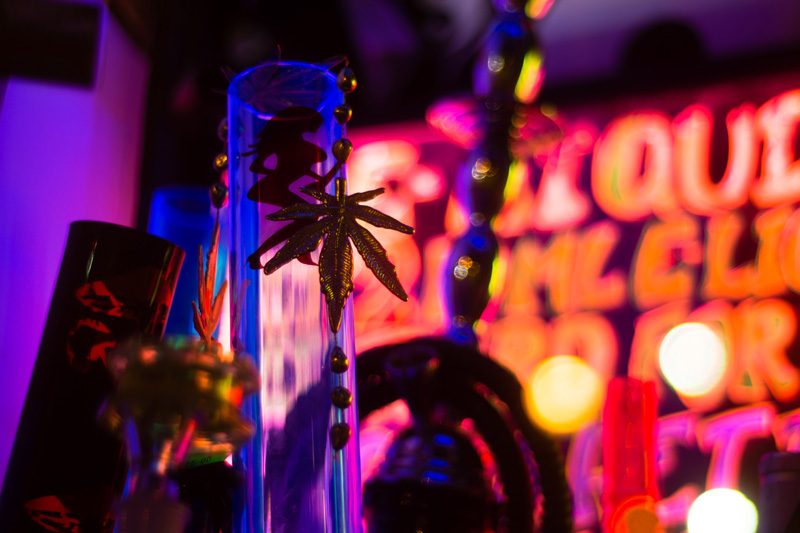Whilst the glaringly unsafe ‘legal’ highs are making headline news every week, the UK has been the industry’s kingpin, with over 130 UK registered web
Whilst the glaringly unsafe ‘legal’ highs are making headline news every week, the UK has been the industry’s kingpin, with over 130 UK registered websites packed with friendly, brightly coloured sachets of chemicals that have been manufactured as stimulants, depressants and hallucinogens that act as alternatives to the controlled, class A, B and C substances that we are all familiar with. The Office for National Statistics reported that in 2011 there were twice as many deaths related to legal highs as there were for Ecstasy, seeing a rise in usage and subsequent deaths each year since. While it is difficult to measure the direct effects of each new drug in such a short amount of time since their incumbency, the combined impact of legal highs were undoubtedly treading unfamiliar territories due to the unknown dangers of mixing legal high substances with alcohol and other psychoactive drugs, their addictive properties and issues with dependency or withdrawal issues, and various social problems related with an unprecedented amount of ungoverned, less understood chemicals introduced.
A press officer for the well known website Addictionhelper.com has announced, “With 114 deaths in 2015 as opposed to 52 in 2011, there is undoubtedly evidence to support the addiction potential of cannabinoids such as ‘Spice’ – nicknamed ‘green heroin’ by its users with vulnerable communities in Manchester, Birmingham and Scotland and prison populations all citing user addiction, psychotic episodes and withdrawal-like symptoms after using the drug.”
As a result of this epidemic, the government took measures to alleviate the new strain on police and health services, and legal highs – many derivatives of cocaine, MDMA and cannabis – making them all banned in May 2016. The ban saw the closure of many specialist shops and websites making it illegal to make and supply.

How Has The Ban Affected The UK?
While there are many issues related to prohibiting a substance, the main problem prohibition makes is the creation of a new black market. The BBC and Vice have reported that it is now in fact easier to obtain the drugs from dealers, and that the price has also dropped, making the drug a more appealing option for those in vulnerable situations. Six months on, the ban is still in full swing, with many regular users reportedly resorting to stock piling and obtaining the drugs from their supplier illicitly.
A spokesman for the addiction recovery website UK-Rehab.com said, “A ban on legal highs was introduced in Ireland in 2010 after the unmanageable use of Mephedrone – originally legally widely available for its cocaine and amphetamine-like high. However despite the ban the health service in Ireland report a similar number of those coming in to A&E as the UK, suggesting the ban hasn’t made that much of an impact, and while possession of a small amount may land a slap on the wrist, being caught with a small amount of synthetic legal highs will not result in prosecution.”
The YMCA conducted a survey of 16-24 year olds that said the ban on supply and production will not deter two thirds of users from continuing their habit. Time will tell how much the ban will help curtail the number of psychoactive substance related deaths when new figures are announced at the end of 2016.



















































































































COMMENTS